Fidelity Investments is advancing its long-anticipated Solana exchange-traded fund (ETF), registering a potential landmark in institutional crypto exposure. By removing a delaying provision in its S-1 filing, the firm is now positioning its Fidelity Solana Fund (ticker: FSOL) to go live shortly—marking a new bridge between Wall Street and the high-performance Solana blockchain.
Market Momentum and Competitive Landscape
Fidelity’s regulatory move comes amid a flurry of activity in the Solana ETF space. Earlier this month, the Bitwise Solana Staking ETF (BSOL) debuted to strong demand and raised roughly $69 million on its first day, setting a benchmark for challengers. Total inflows into Solana-focused products reached $117.4 million, according to SoSoValue tracking, with daily net inflows hitting $47.94 million at times.
For Fidelity, the stakes are high: its filing reveals full staking intent—“up to 100%” of SOL holdings will be staked via custodians such as Anchorage Digital, BitGo, and Coinbase Custody. The dual creation/redemption mechanism is also notable: baskets of 25,000 shares may be settled either in SOL or cash, depending on investor preference.
Regulatory and Structural Shifts
One of the most consequential changes in Fidelity’s updated S-1 is the removal of the “delaying amendment,” allowing automatic effectiveness of the registration after a 20-day statutory period—unless the SEC acts. This mirrors a broader trend: issuers such as Bitwise used a similar tactic, circumventing slower traditional SEC review to launch more quickly.
Fidelity’s structure also embeds a Fidelity Solana Reference Rate, which aggregates SOL pricing from major spot venues and underpins the fund’s valuation. Meanwhile, regulatory risk remains front and center: the filing candidly warns that if the SEC were to definitively classify SOL as a security, the fund could face material disruption or even liquidation.
Investor Sentiment and Strategic Implications
Institutional appetite for Solana seems to be accelerating. Investors, particularly those accustomed to traditional finance, may view Fidelity’s entry as validation of SOL as a macro-grade, staking-enabled asset—not just a speculative altcoin. That said, behavioral dynamics are complex: some early institutional participants opted for Bitwise as a first mover, grabbing the low-hanging fruit, while others like Fidelity appear to be executing more cautiously—but with far greater scale.
The staking model is likely to appeal strongly to long-term, yield-seeking investors. By charging a 0.25% management fee (waived for the first six months) and retaining 15% of staking rewards (split among sponsor, custodians, and node operators), Fidelity aligns incentives across stakeholders while preserving net yield for ETF holders.
Risks, Opportunities and What Comes Next
If approved and launched, the FSOL ETF could unlock billions of dollars in institutional capital for Solana, further cementing its role in the Layer-1 blockchain roster. But significant risks linger: regulatory uncertainty—especially around SOL’s classification—could still derail or reshape the fund’s structure. Market competition is intensifying too, with firms like VanEck, Grayscale, and Canary already maneuvering in the same space.
For crypto investors and institutions watching closely, the near term will hinge on the SEC’s next steps, launch logistics, and how effectively Fidelity can capture staking yield while keeping operational risk under control. Whether FSOL becomes a model for proof-of-stake ETFs remains to be seen, but its implications could ripple far beyond Solana itself.

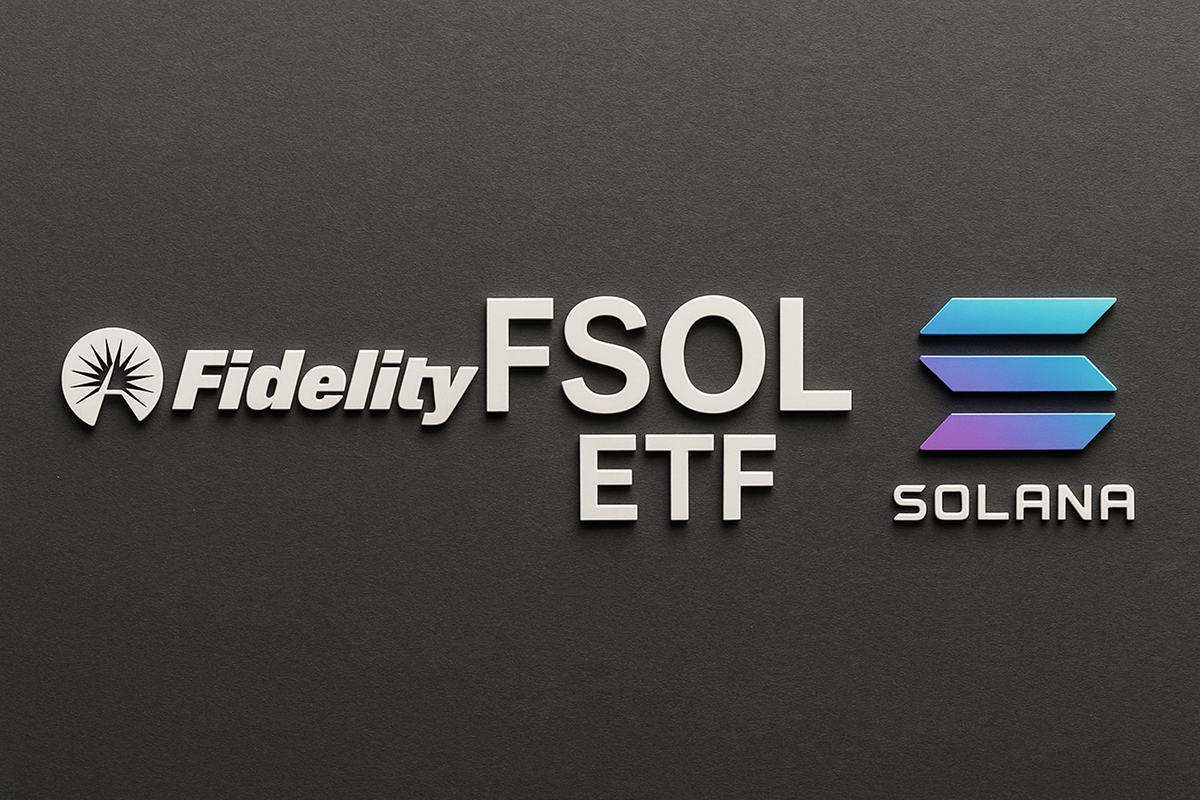
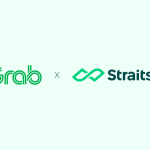


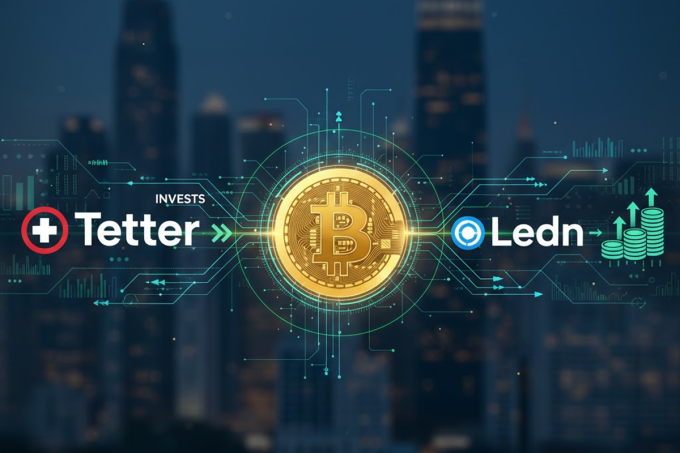
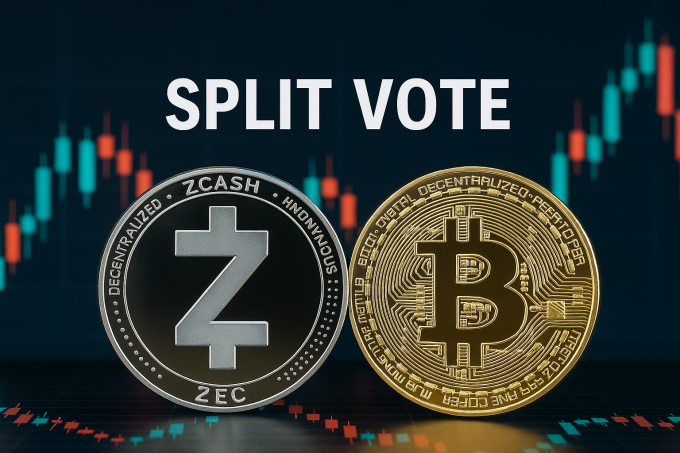



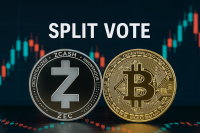


Leave a comment